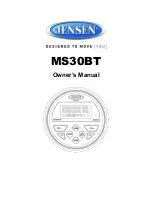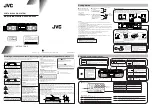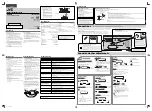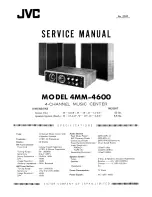
Remote Programming And Diagnostics
Programmers can program the DXP Plus system from a personal computer (PC) running the visual man
machine interface (VMMI) program. The PC can be connected directly to the maintenance port on the
services board or connected by modem through the public telephone network. For remote programming to
take place, an installer must connect the DXP Plus modem between the maintenance port on the services
board and an outside telephone line, and connect a customer-supplied modem between the PC and an
outside telephone line. In addition to database programming, installers with the proper password entry can
perform maintenance routines and diagnose system malfunctions to the board level.
Remote Station Disable
This feature allows users at stations with the proper class of service to dial a code and remotely disable or
enable another station. Normally, the installer should give this capability to the system attendant but could
assign it to any class of service that is appropriate.
Response Messaging
Users can set messages to be received and displayed by calling LCD speakerphones. These messages
give information on the status of the called telephone. The system attendant usually programs customized
messages for use by the other telephone users, although the defaulted system does provide several general
purpose messages for use.
Telephone users can program a response message button on their telephones if they wish. This response
message button lets them make a non-verbal response to subdued off-hook voice announce calls or
intercom calls using the attendant-prepared response messages.
Restricted Dialing Error Tone
When you dial a toll-restricted number from your telephone, you will hear an intercom error tone
frequency with a continuous pattern of 250 ms on and 250 ms off. With earlier software, no audible error
indication is given.
If you have a LCD speakerphone, the message EXT or Code is displayed. The message
Dialing Denied
is
displayed instead.
Ring No-Answer (RNA) Call Forward
Refer to the discussion titled Default Busy/Ring No-Answer.
Ring Back On Busy
With this feature disabled, when someone calls another telephone and the calling party is busy on an
outside line, the caller hears a ring back tone—not a busy tone. In this case, when the caller is using a
non-display telephone he or she has no means of knowing the busy status of the called party. (LCD
speakerphones can display called party status— for details on this display feature, see the paragraph titled
Allow Busy Display). Installers can take programming action on a individual station basis that allows
callers to hear a busy tone instead of a ring back tone when they call a party who is busy on an outside
line.
Ring Back On Transfer
Beginning with software release 3A, installers have the ability to control what outside parties hear while
the system transfers their calls to an internal extension. Prior to this software release, outside parties hear
whatever the music on hold source provides. With software release 3A, programmers can select ringback
tone in place of music on hold on a per line basis.
GCA40–130
DXP Plus General Description
96 – Understanding The Features
















































